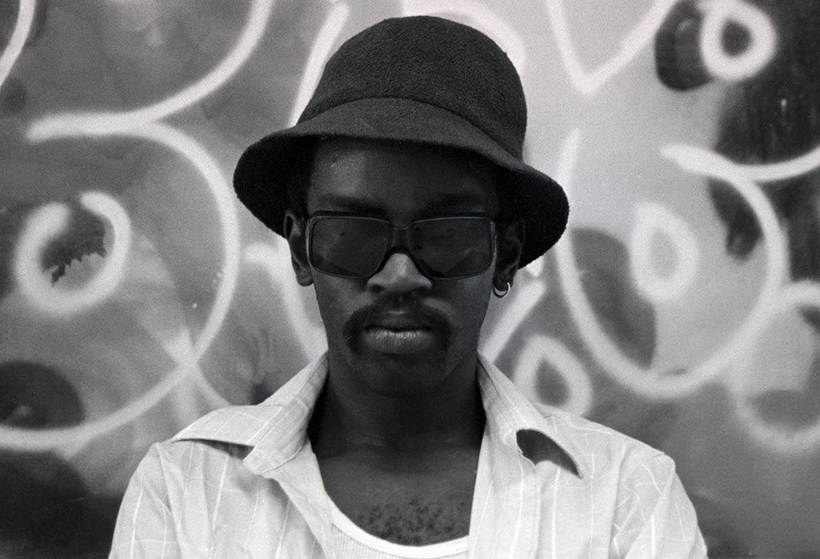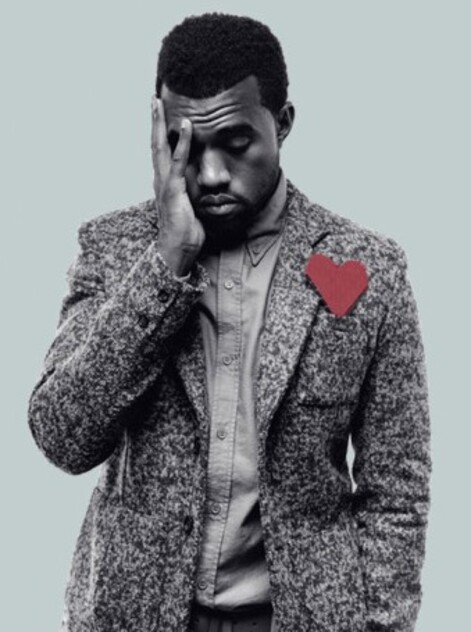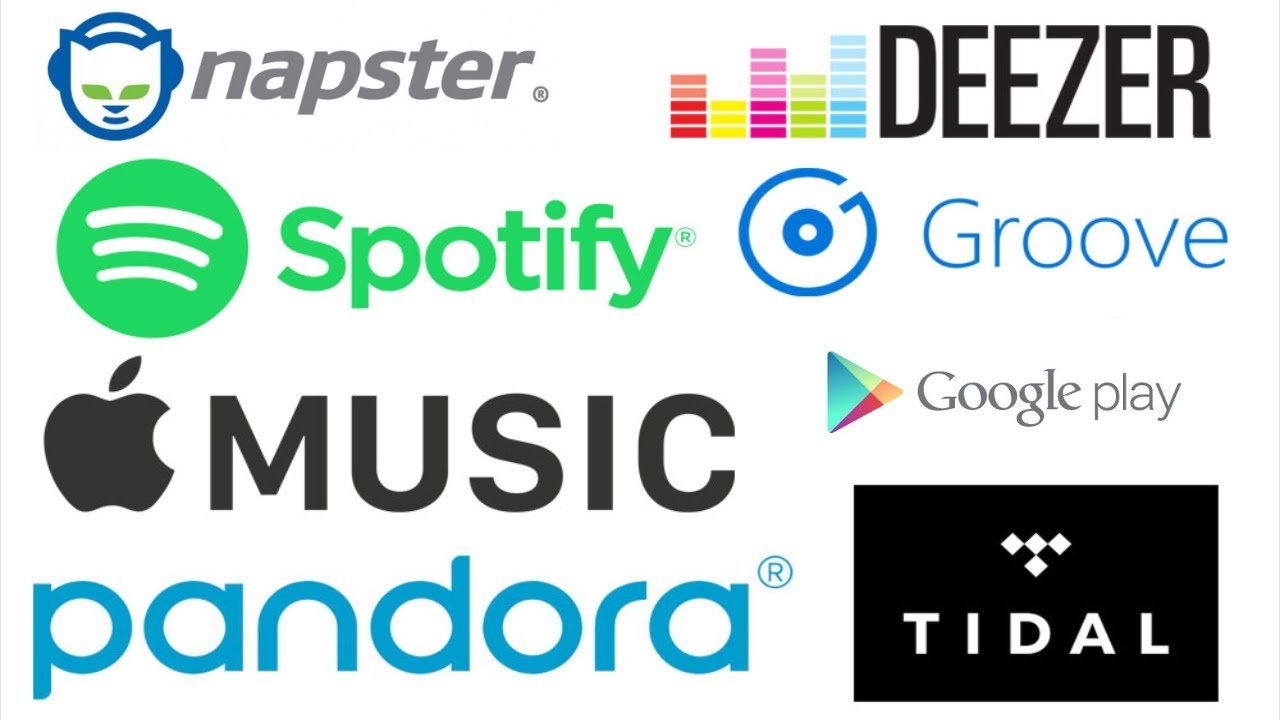Hip Hop Pioneer: Fab 5 Freddy
Hip-hop culture, a dynamic and influential movement that originated in the Bronx during the 1970s, has been shaped by numerous creative minds.
One such individual who played a pivotal role in the early days of hip-hop and continues to make significant contributions is Fab 5 Freddy. This article explores the life and contributions of Fab 5 Freddy to the hip-hop culture, highlighting his impact on music, art, and the broader entertainment industry.
Fab 5 Freddy’s Early Life and Background
Born Fred Brathwaite on August 31, 1959, Fab 5 Freddy grew up in Brooklyn, New York. Raised amidst the vibrant cultural landscape of the city, he was exposed to various artistic influences from a young age.
Freddy’s early interest in graffiti art and his immersion in the budding hip-hop scene would eventually pave the way for his multifaceted career.
Freddy grew up in the 1960s and 1970s, a period marked by social and political upheaval, where he developed a keen awareness of the challenges faced by his community.
The urban landscape of New York, with its vibrant street life and cultural diversity, became both his canvas and inspiration. This early exposure to the city’s energy and creativity laid the foundation for his future contributions to the hip-hop movement.
Freddy’s interest in art and self-expression manifested at an early age, and he quickly became drawn to the burgeoning graffiti art scene that was taking shape in the streets of New York.
The subways and buildings of the city became his artistic playground, where he honed his skills as a graffiti artist. This form of expression allowed him to visually articulate the realities of urban life, using bold colors and intricate designs to convey social and political messages.

As he navigated the complex urban landscape, Fab 5 Freddy became not only an artist but also a cultural observer. His experiences in the diverse neighborhoods of Brooklyn provided him with a unique perspective on the intersection of race, identity, and artistic expression.
These formative years laid the groundwork for his later contributions to the hip-hop culture, where he would play a crucial role in bridging various artistic disciplines.
Freddy’s journey from the streets of Brooklyn to becoming a central figure in the early hip-hop movement reflects not only his artistic talent but also his ability to navigate and contribute to the cultural as a whole.
He has produced urban films, directed music videos, and was the host of the most prominent tv show that showcased the hip hop culture called Yo MTV Raps.
Hip Hop Dance Classes For ChildrenFab 5 Freddy and Yo MTV Raps
Fab 5 Freddy played a pioneering role as the original host of "Yo! MTV Raps," a television program that became instrumental in bringing hip-hop culture to a mainstream audience.
The show premiered on MTV on August 6, 1988, and continued until August 17, 1995. Fab 5 Freddy's involvement as the host from the show's inception helped solidify his status as a cultural ambassador for hip-hop.
As the host, Fab Five Freddy brought his unique style, charisma, and deep understanding of the hip-hop culture to the forefront of television.
He played a crucial role in introducing viewers to the various elements of hip-hop, including rap music, graffiti art, breakdancing, and DJing. "Yo! MTV Raps" became a platform for showcasing not only the music but also the broader cultural aspects of the hip-hop movement.
How To Become A Music Producer
Fab 5 Freddy's Film Career
Fab 5 Freddy, beyond his contributions to hip-hop and television, has made notable strides in the film industry, showcasing his versatility as a creative force.
His involvement in various films reflects his commitment to storytelling and his ability to navigate different aspects of the entertainment world.
One of Fab 5 Freddy's significant contributions to film is his role in the 1983 movie "Wild Style." This film is recognized as one of the first narrative films to explore and celebrate the emerging hip-hop culture.
Fab 5 Freddy played a fictionalized version of himself, contributing to the film's authenticity and capturing the energy of the early hip-hop scene. "Wild Style" not only became a cult classic but also marked a pivotal moment in the intersection of hip-hop and cinema.
In addition to his acting roles, Fab 5 Freddy has been involved in various film projects as a producer and consultant. His deep understanding of the hip-hop culture and his ability to navigate the entertainment industry have allowed him to contribute to projects that authentically represent the spirit of hip-hop.
Furthering his acting career Fab 5 Freddy landed a role in the 1991 film "New Jack City," a crime drama directed by Mario Van Peebles. The film, set against the backdrop of the crack epidemic in New York City, featured Freddy in a supporting role, adding another dimension to his filmography.
While his film career may not be as extensive as some of his other endeavors, Fab 5 Freddy's contributions to movies have left a lasting impact on the representation of hip-hop culture in mainstream cinema.
His involvement in projects that celebrate the authenticity and creativity of hip-hop aligns with his broader mission to elevate and preserve the cultural significance of the movement across various artistic mediums.
What Are Should You Start Rapping?Fab 5 Freddy As A Music Video Director
Fab 5 Freddy, in addition to his contributions as a rapper and television host, has directed several iconic music videos. His work in the realm of music videos often reflects his deep connection to hip-hop culture and his ability to visually capture its essence.
While he may not have an extensive list of directed music videos, the ones he has worked on are notable for their creativity and cultural significance.
One of Fab 5 Freddy's notable directorial projects is the music video for the hit single "Rapture" by Blondie, released in 1981. The video is renowned for its innovative and groundbreaking approach, incorporating elements of hip-hop culture, graffiti art, and downtown New York aesthetics.
Fab 5 Freddy's direction played a crucial role in bringing together the worlds of punk rock and hip-hop, creating a visually striking and culturally resonant music video.
Additionally, Fab 5 Freddy directed the music video for Queen Latifah's "Ladies First," featuring Monie Love. Released in 1989, the video is celebrated for its empowering message and depiction of strong, confident women in hip-hop. Queen Latifah and Monie Love's dynamic performances are complemented by Fab 5 Freddy's direction, which skillfully captures the essence of the song's themes.
Fab 5 Freddy's work as a director often embraces the multicultural and multidisciplinary aspects of hip-hop, reflecting his own diverse artistic background. His ability to infuse music videos with elements of graffiti art, urban culture, and authentic hip-hop aesthetics has contributed to the visual storytelling within the genre.
While his directorial contributions may not be as prolific as some dedicated music video directors, Fab 5 Freddy's impact is notable for his role in shaping the visual representation of hip-hop during its formative years. His work remains a testament to the "interconnectedness" of various art forms within the broader landscape of hip-hop culture.
How Much Money Do Rappers Make?
Q: How did Fab 5 Freddy contribute to the graffiti art movement?
- A: In the late 1970s, Fab 5 Freddy gained prominence as a graffiti artist. His unique style and use of vibrant colors set him apart from his peers. Freddy's work often incorporated social and political commentary, reflecting the realities of urban life.
- A: Fab 5 Freddy's role in the iconic 1983 documentary "Style Wars" helped bring graffiti art to a broader audience. The film showcased the creativity and skill of graffiti artists, elevating the art form from the streets to a recognized and respected medium.
Q: How did Fab 5 Freddy contribute to the early days of hip-hop music?
A: Fab 5 Freddy is credited with introducing the legendary Jean-Michel Basquiat to the hip-hop and downtown art scenes. This collaboration between Basquiat and Freddy resulted in the fusion of visual art and hip-hop culture.
A: As a rapper, Fab 5 Freddy released music that captured the spirit of the hip-hop movement. Tracks like "Change the Beat" showcased his talent for blending diverse musical elements and contributed to the evolution of hip-hop music.



